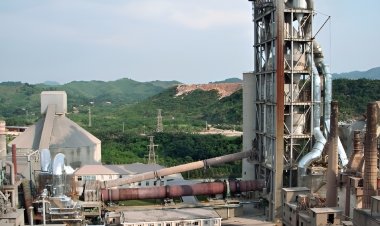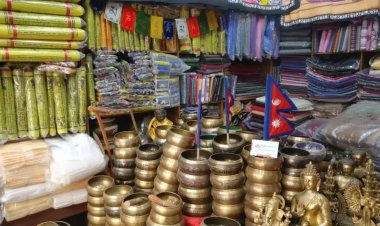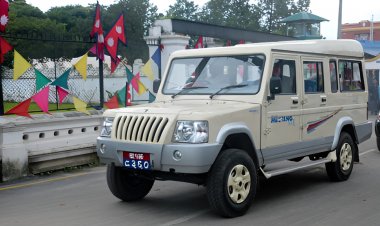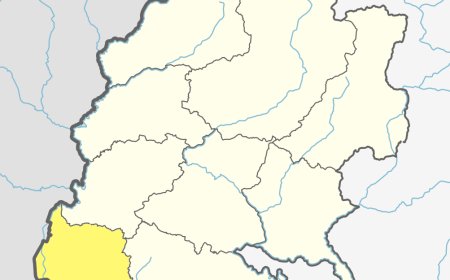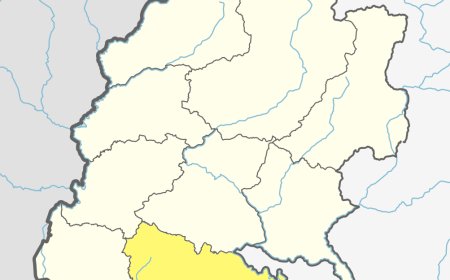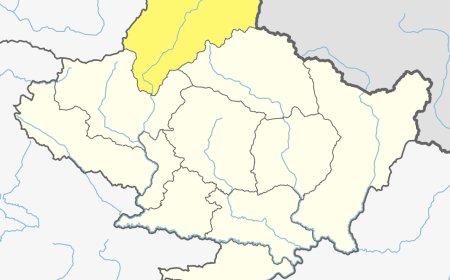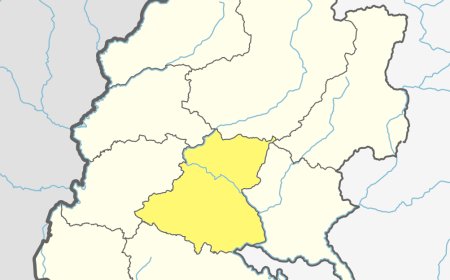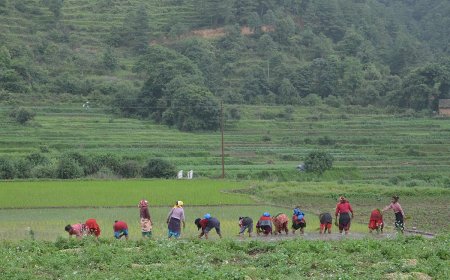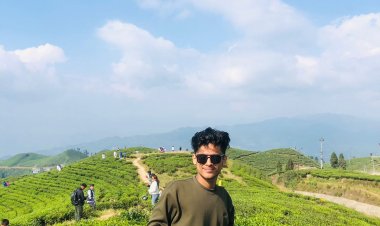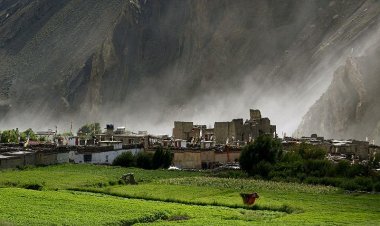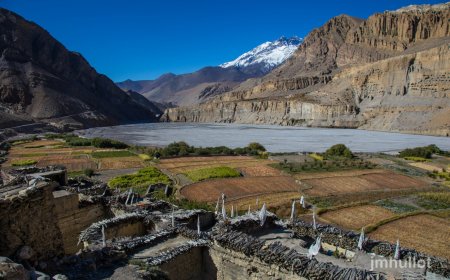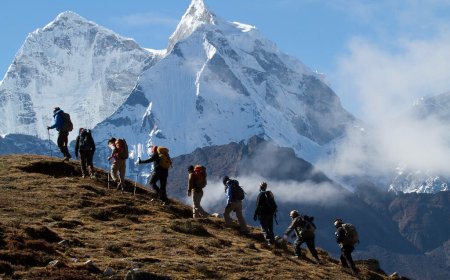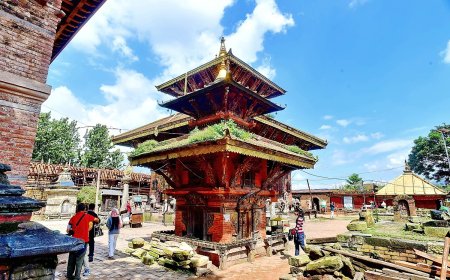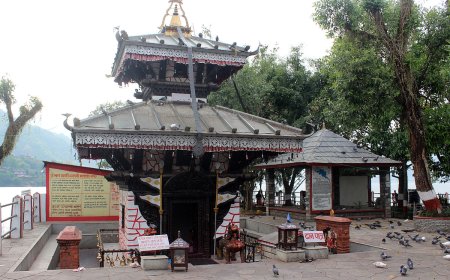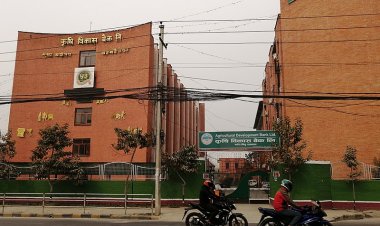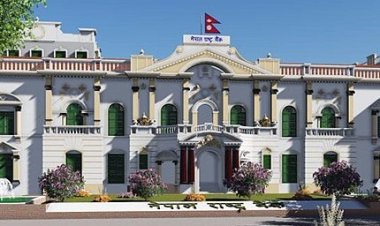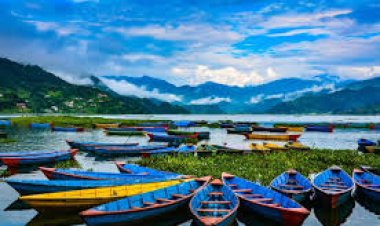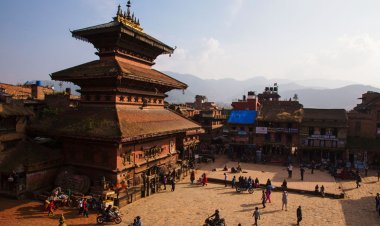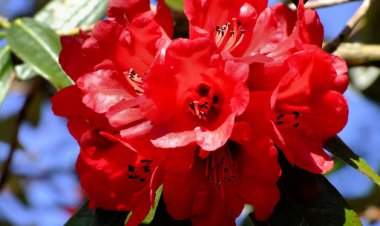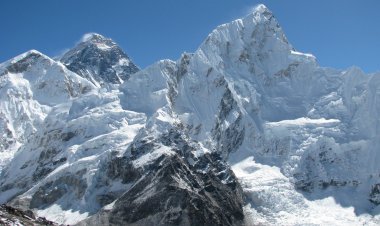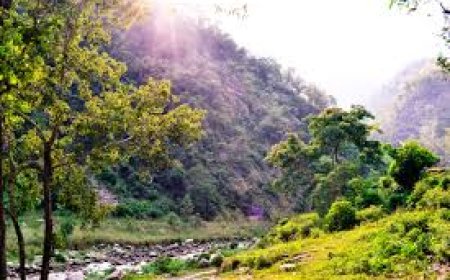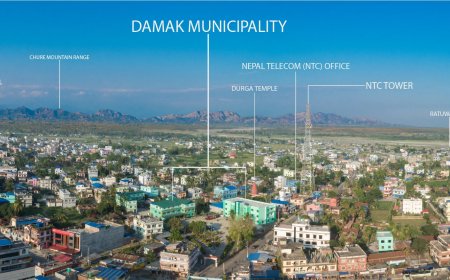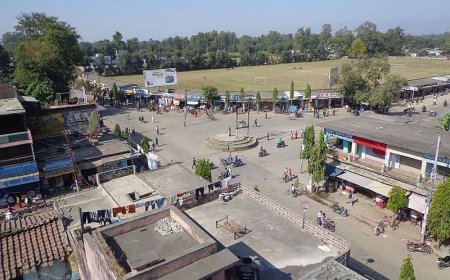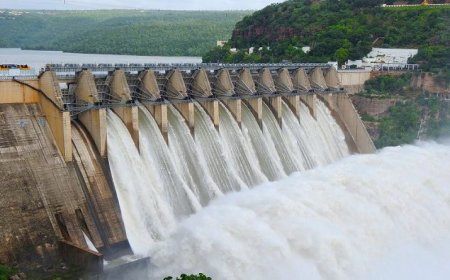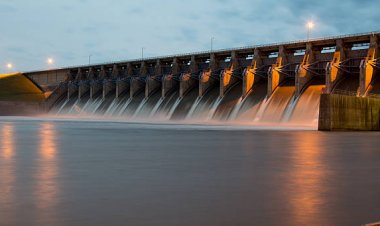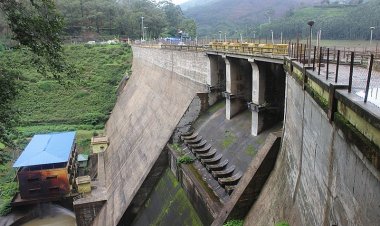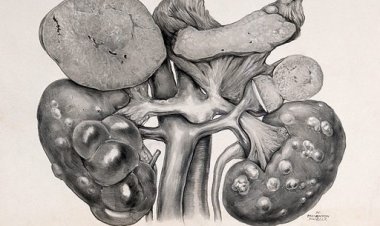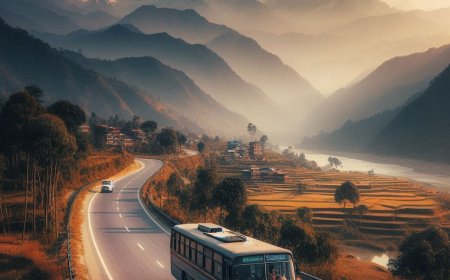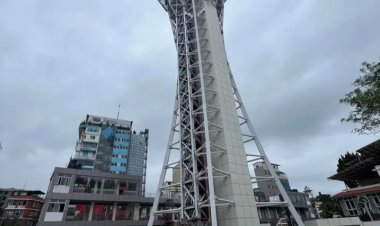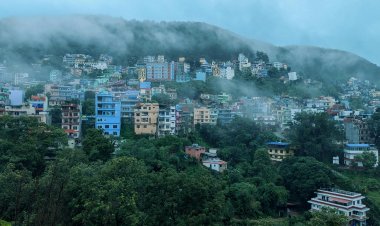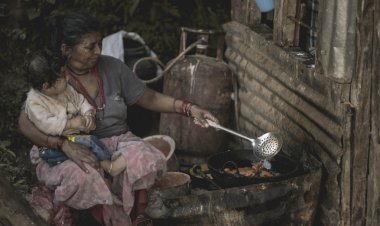Bajhang: Explore the Untouched Beauty of Nepal’s Far West
Let’s discover Bajhang district’s landscapes, ancient temples, and cultural richness in the hills of Nepal’s Sudurpaschim Province.
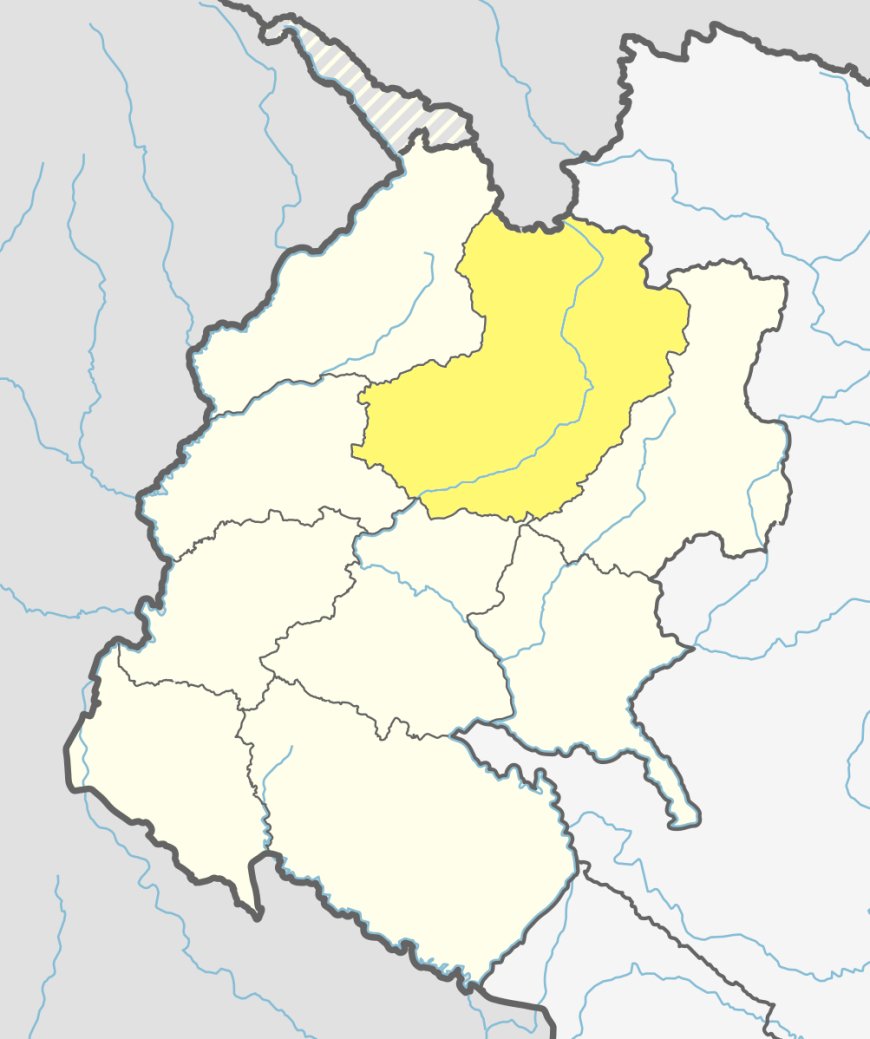
Introduction

Bajhang is a captivating district located in the far-western region of Nepal, known for its natural beauty, cultural richness, and spiritual landmarks. Located in Sudurpaschim Province, this district offers a unique blend of rugged landscapes, traditional villages, and diverse cultural heritage. The district’s headquarters, Chainpur, serves as the gateway to a region brimming with adventure and cultural exploration. With its snow-capped peaks, lush valleys, and ancient temples, this district is an emerging destination for trekkers, pilgrims, and culture enthusiasts.
Geographical Overview
This district covers an area of 3,422 square kilometers and features a dramatic topography of high mountains, deep gorges, and cascading rivers. The district’s elevation ranges from 915 meters to over 7,000 meters, including part of the Api-Nampa Conservation Area, a haven for biodiversity.
The climate varies from subtropical in the lowlands to alpine in the higher altitudes, supporting a wide range of ecosystems. The Seti and Kalanga rivers flow through the district, providing vital resources for agriculture, hydropower, and aquatic life.
Table: Geographical Features
|
Feature |
Data |
|
Total Area (sq. km) |
3,422 |
|
Altitude Range (m) |
915–7,000 |
|
Major Rivers |
Seti, Kalanga |
|
Climatic Conditions |
Subtropical to Alpine |
Demographics
This district is home to a population of approximately 195,000 people, representing a mosaic of ethnic groups. The dominant group is the Chhetri community, followed by Brahmins, Dalits, and various indigenous communities. Nepali is the primary language, while Doteli and other local dialects are also spoken, reflecting the district’s cultural diversity. Traditional festivals, rituals, and folk music underscore the vibrant traditions of the region.
Table: Ethnic Composition
|
Ethnic Group |
Percentage (%) |
|
Chhetri |
50% |
|
Brahmin |
20% |
|
Dalit |
15% |
|
Other Groups |
15% |
Cultural and Historical Significance
This district has a rich cultural and spiritual heritage. The region celebrates unique festivals like Gaura Parva, where women worship Lord Shiva and Goddess Parvati for marital harmony. The festival is marked by vibrant folk songs and traditional dances.
The district is also home to significant religious sites, including the Khaptad Baba Ashram and the Surma Sarovar, both revered pilgrimage destinations. The Khaptad region, situated at an altitude of 3,000 meters, is known for its serene landscapes and spiritual aura, attracting visitors seeking tranquility and enlightenment.
Table: Key Festivals
|
Festival |
Month |
Significance |
|
Gaura Parva |
August |
Celebrates marital harmony and prosperity |
|
Dashain |
October |
Hindu festival of victory |
|
Tihar |
November |
Festival of lights |
|
Maghe Sankranti |
January |
Marks the end of winter solstice |
Major Attractions and Activities
This district untouched natural beauty and cultural landmarks make it a must-visit destination. The Api-Nampa Conservation Area is the crown jewel, offering trekking routes through pristine forests and majestic mountain vistas. The Khaptad National Park, shared with neighboring districts, is another highlight, known for its rolling meadows and medicinal herbs.
Other attractions include the Surma Sarovar, a tranquil lake with spiritual significance, and the ancient Chainpur Bazaar, where visitors can experience the local culture and purchase traditional crafts.
Table: Major Attractions
|
Attraction |
Location |
Highlight |
|
Api-Nampa Conservation Area |
Northern Bajhang |
Trekking and biodiversity |
|
Khaptad National Park |
Southern Bajhang |
Scenic landscapes and spiritual retreat |
|
Surma Sarovar |
Western Bajhang |
Sacred lake surrounded by natural beauty |
|
Chainpur Bazaar |
Chainpur Municipality |
Cultural hub and local crafts |
This district offers a range of activities, from trekking and camping to bird watching and exploring local markets. The district’s focus on eco-tourism ensures that its natural and cultural heritage is preserved for future generations.
Economic Overview
Agriculture is the backbone of this district’s economy, with millet, barley, and potatoes being the main crops. The district is also known for its production of medicinal herbs, which hold great economic potential.
Tourism is an emerging sector, fueled by attractions like the Api-Nampa Conservation Area and Khaptad National Park. Traditional crafts, such as wool weaving and handmade jewelry, contribute to the local economy while preserving cultural traditions.
Table: Economic Highlights
|
Sector |
Contribution |
|
Agriculture |
Millet, barley, potatoes, and medicinal herbs |
|
Tourism |
Trekking, Khaptad, and pilgrimage sites |
|
Traditional Crafts |
Wool weaving, handmade jewelry |
Conclusion
Bajhang is a district that seamlessly blends natural splendor, cultural depth, and economic potential. Its towering peaks, peaceful lakes, and vibrant traditions create a paradise for adventurers, spiritual seekers, and cultural explorers. Whether it’s trekking in the Api-Nampa Conservation Area, visiting the sacred Surma Sarovar, or experiencing the lively Chainpur Bazaar, this district offers an unforgettable journey. For those looking to explore Nepal beyond the usual destinations, this district promises an experience that is as enriching as it is inspiring.
Frequently Asked Questions (FAQs)
1. Where is Bajhang located?
Bajhang is situated in the far-western part of Nepal, in Sudurpaschim Province.
2. What is Bajhang best known for?
Bajhang is famous for the Api-Nampa Conservation Area and Khaptad National Park.
3. Which rivers flow through Bajhang?
The Seti and Kalanga rivers are the major rivers in Bajhang.
4. What is the dominant ethnic group in Bajhang?
The Chhetri community forms the largest ethnic group in the district.
5. What are the major crops grown in Bajhang?
Millet, barley, and potatoes are the primary crops grown in Bajhang.
6. What is the best time to visit Bajhang?
Spring (March to May) and autumn (September to November) are the best seasons to visit Bajhang.
7. What cultural festival is celebrated by women in Bajhang?
Gaura Parva is celebrated by women to honor marital harmony and prosperity.
8. What is the significance of Khaptad National Park?
Khaptad National Park is known for its spiritual significance and biodiversity.
9. What makes the Api-Nampa Conservation Area special?
The Api-Nampa Conservation Area offers diverse trekking routes and breathtaking natural beauty.
What's Your Reaction?































